The considered type of business is very relevant in the modern world. And all because crayfish are in great demand, and on a large scale their cultivation is not developed. Competition in this business is minimal, if not non-existent.
Starting to breed crayfish, no matter how it happens, you become an entrepreneur. You need to register yourself. And only after registration you can move on to business.
Benefits of a crayfish farming business
There are a number of advantages of such a business:
- minimum initial investment. Compared to any other, a crayfish breeding business will require from you an amount of 10 to 200 thousand rubles as an initial investment. Or maybe even less.
- good implementation opportunity. Crayfish are quite a sought-after commodity. They are in demand not only in the market, but also in bars, restaurants, cafes, etc. There are just a lot of points of sale, like in no other business.
Breeding ponds and equipment
Crayfish are bred in artificial and natural reservoirs.
In the natural environment, it is very difficult to control the cancer population, but there will be no costs for special equipment, feed, drainage system, etc.
An artificial reservoir will cost more than a natural one. It will need a special drain system, aerators, thermometers and other equipment.
Breeding in ponds
Let's start with the fact that the pond can be both natural and artificial. It is possible to dig an artificially created pond yourself or use a ready-made one.
If you decide to dig a pond, then you can use special equipment or dig manually. After all, crayfish do not have to live in deep waters.
There are several requirements for artificial reservoirs:
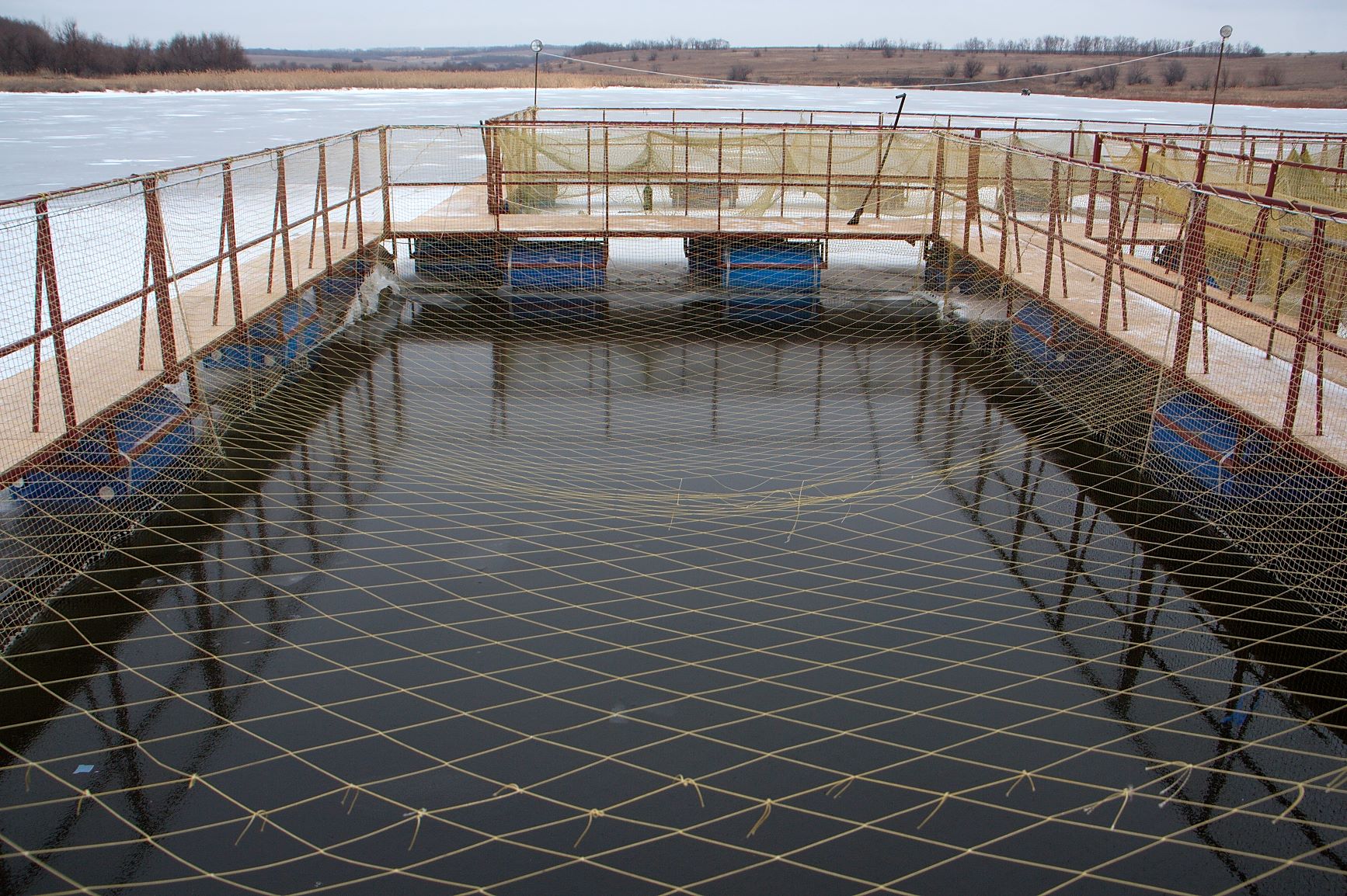
Another option is to rent a pond. It is necessary to rent a pond for a long time. When concluding a contract, it is better to prescribe a lease term for several years.
- First, you will need to take care of the protection of the pond. This must be done not only for a rented pond, but also for a self-dug pond, if it is located outside your site. To do this, it will not be enough just to put up a fence or enclose the territory. Most likely, you will have to hire a watchman who will guard the area around the clock. Additionally, it is better to put special signs stating that this area is private.
- Secondly, determine the quality of water (its composition);
- Thirdly, to examine the reservoir itself for vegetation and fish habitats. This item only applies to a rented pond that you do not know anything about. At this stage, you need to determine whether your crayfish will have enough food, and you may even have to get rid of some fish that can eat crayfish.
Experts will help you with the last two points.
A pond dug on its own site will not require almost any investment. It's just perfect. You will not need any protection, you will not depend on anyone.
Whichever method you choose, you will need one or two more young stock anyway. Rather, it will be concrete pools. It is impossible to keep young animals with adults. Young crustaceans can simply be eaten.
A pond with a cancer population should be in the shade, as crayfish do not tolerate heat.
Breeding livestock in a natural pond does not require any costs. You will not have to spend money on equipment, on arrangement, on food. The only thing that will have to be done is to get rid of predatory fish.
Of course, a natural pond has a lot of disadvantages:
- the growth of individuals slows down due to the presence of uncomfortable conditions in winter;
- eating small individuals;
- uncomfortable capture;
- freezing in especially frosty winters.
Breeding in aquariums
If you decide to breed crayfish in an aquarium, then, for starters, it is better to purchase no more than 15-20 crayfish. And then, if everything works out, you can rent a special room where you can do real business.
Compared to breeding in water bodies, aquarium breeding of crayfish has a lot of advantages, for example:
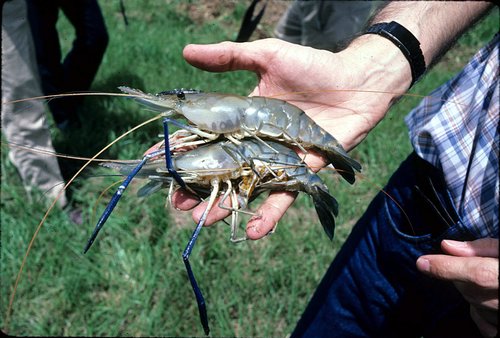
It should be noted that any aquarium will not work here.
There are special requirements:
- volume from 250 liters.
- Ideally, the aquarium should have a wide bottom and low walls. This makes it easy to clean the aquarium.
- The walls must be made of plastic.
Content Requirements
Crayfish are very demanding on their habitat.
The following conditions must be strictly met:
- The water must be clean.
- The water temperature should be between 17-20 degrees. And during the period of development of the larvae, it must be increased to 23 degrees. In winter, this figure cannot be lower than 7 degrees. If the temperature is too low or there are sudden changes, this will lead to the death of crayfish.
- You can't do without aeration. An artificial reservoir and aquarium must be constantly supplied with air, otherwise the crayfish will get sick and grow poorly. In open water, aeration occurs naturally.
Crayfish nutrition
Under natural conditions, crayfish provide themselves with food. Small snails, organic remains, carrion, insects, worms and others serve as food. Under artificial conditions, the diet of crayfish includes compound feed, fish, meat, potatoes, carrots, steamed grain, etc.
Crayfish are fed twice a day. This usually happens in the morning and evening at the same time. In a day, cancer should eat food, which is 2% of its mass.
reproduction
Reproduction occurs in a certain period, falling on September, October. Males can fertilize up to two females in a row. 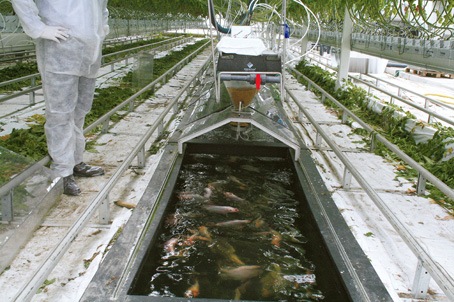
The eggs will first be located in the female under the shell, then it is attached under her tail. In order for the embryos to develop properly, the female must clean the eggs. This happens with the help of washing with water. The larvae from the eggs appear after 2 months, but for another 3 weeks the female hides them under her tail, protecting them from any dangers.
After this period, small crustaceans already appear, which are completely independent. At home, the female will be able to grow about 50 crustaceans, when in natural conditions this figure does not even reach 20 individuals.
Moult
As it grows, the molting of crayfish decreases in the number of times per year. For example, young animals molt about 8 times a year, in the second year of life, molting occurs 4-5 times, then less. An adult molts a maximum of 2 times a year.
During the molting period, the crayfish becomes more vulnerable to its relatives, to birds and fish, because nothing protects it, since it sheds its shell.
Temperature
The most favorable temperature for crayfish is about 20 degrees, but not less than 17. For larvae, this figure should be above 20 degrees, approximately 22-23.
At lower temperatures, crayfish will eat less and, accordingly, grow worse. In winter they hibernate.
Aeration
In an artificial pond and aquarium, an aerator must be located without fail. It is an air compressor. If it is not installed, then the water will simply stagnate, the crayfish will be lethargic and often sick. The aerator provides good gas exchange in a reservoir. In a natural pond, such equipment is not required.
Diseases
Plague
The most dangerous of all infections is the plague. Crayfish die from the plague within a few days. They crawl out closer to the shore, where they become paralyzed and their limbs fall off. Healthy cancers can become infected when they are together with sick people.
When eating contaminated food, when drinking contaminated water, etc. If an infection is detected, then absolutely all individuals must be caught, the sick should be destroyed, and the healthy ones should be sold. Treat the reservoir with a special solution, it will be possible to use it only after a few years.
Septocyllindrosis
Dark spots on the body. The spot is green at first, then brown. On boiled crayfish, the affected areas are clearly visible. This disease often manifests itself after the molting of crayfish. You need to fight the same way as with the plague.
Telohaniz
Telohanasis is a disease that affects the muscles. They turn white, thicken, and carriers of the disease simply die. It is necessary to catch sick cancers.
These are the most common and dangerous diseases of cancer.
Types of crayfish for breeding
For breeding, special types of crayfish are usually used. This may be the European type.
They, in turn, are divided into two types: 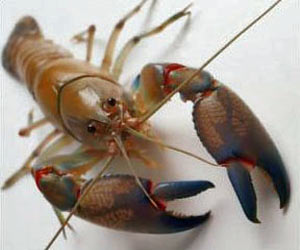
- long-toed. A fast breeding species that does not require any special conditions of detention. For 1 year, one individual can bring about 30 crayfish. And if everything is done according to the rules and well looked after, then he gains weight very quickly.
- broad-toed. This type of crayfish is listed in the Red Book. Therefore, in order to avoid any problems in your business, it is better not to breed them. Although they are the most valuable. But there are areas in which catching such cancer is not prohibited.
You can also distinguish lake and river crayfish. Lake is a large crayfish, quite valuable. It can be successfully bred at home. The crayfish is a small specimen.
Expenses
To determine the amount of necessary costs, you need to decide on some factors:
- the method by which you will breed crayfish. A significant difference will be between breeding in aquariums, artificial ponds or in reservoirs created by nature.
- what the product will be used for. Will it be sale, processing or crayfish are bred for breeding stock.
If we talk about breeding crayfish in an aquarium, then the cost of the necessary aquarium with all the internal equipment, sand, algae, etc. is on average 50 thousand rubles . Although first of all you need to think about the room. If a suitable one is not available, then you will most likely have to rent one.
Monthly rent will go from 10 to 20 thousand rubles . You also need to remember about crayfish food, which will take about 2 thousand per month. You will have to spend money on the crayfish themselves. For one aquarium you will need about 50 individuals. Spend on them you're about 300-500 rubles. And you can catch crayfish yourself and will not have to spend money on them.
If you have chosen a natural reservoir for breeding crayfish, then you only need to purchase breeding stock and feed. Or maybe you want to put up a guard or rent a pond, or dig a pond yourself.
And if we talk about an artificial reservoir, then when you dig it yourself, you will spend only on waterproofing, which will cost you about 1000 rubles. Purchase of crayfish 500 rubles and feed. This is the most profitable option.
In general, there are many different possibilities here. Act according to your financial capabilities.
Implementation
There is practically no competition in this type of business. There are just too many places to sell. You can sell products simply by trading in the bazaar, you can through a network of cafes and restaurants and other similar establishments. You can also open your own small kiosk.
Of course, this will require certain investments, but then you will develop your client base, from which there will be no end. And, for example, having agreed with some large restaurant, we can already talk about wholesale deliveries.
Payback period
You can consider an artificial pond. So, for digging three reservoirs and their arrangement, you will need a maximum of 50 thousand rubles. Suppose you have purchased 500 crawfish. It will take you 10 thousand rubles for this. From the acquired livestock there will be about 350 females, each able to breed 40-50 crustaceans.
As a result, we get 15,500 crayfish, the total weight of which will average 4,000 kilograms. You can sell one kilogram of crayfish for 300 rubles. It turns out 1 million 200 thousand. Considering that you spent only 60 thousand rubles on this business, you get quite a good profit.
True, crayfish will grow to normal size only after 2 years, that is, this time there will be no profit at all. But it's worth it. Breeding crayfish is a fairly profitable business.
Stanislav Matveev
Author of the bestseller "Phenomenal Memory". Record holder of the Book of Records of Russia. Creator of the training center "Remember Everything". The owner of Internet portals in legal, business and fishing topics. Former franchise owner and online store owner.





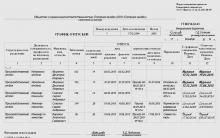





How to issue a power of attorney to represent the interests of an LLC to an individual?
How to apply for an IP: step by step instructions
Form of power of attorney to receive goods or material assets
The deadline for registering an individual entrepreneur in the tax
Business plan for a law firm: an example with calculations legal support for a business